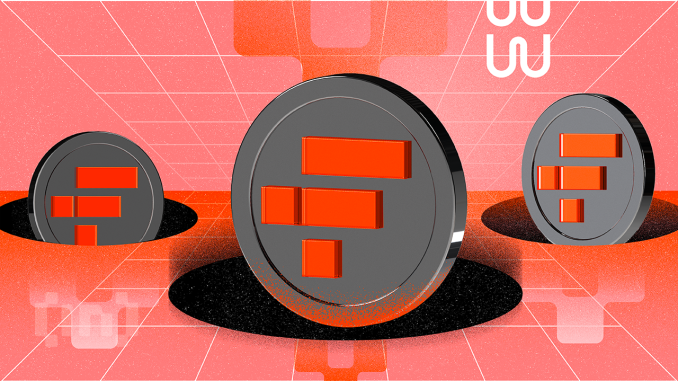
As the sun rose over Tokyo on a crisp February morning, news of FTX Japan’s impending resumption of customer withdrawals spread like wildfire.
The exchange had been embroiled in controversy and scandal after its former CEO, Sam Bankman-Fried, was accused of misappropriating customer funds. Now, with the announcement that the exchange was set to honor its withdrawal roadmap, there was hope that customers who had been unable to access their funds for months would finally get some relief.
FTX Japan Set to Honor Withdrawals
After verifying their account balances, Seth Melamed, FTX Japan’s COO, confirmed that customers could move their assets to Liquid Japan. The exchange plans to update customers after their assets have been moved to Liquid and the necessary approvals have been received.
The resumption of withdrawals was made possible after FTX Japan laid out a roadmap in December 2022 and conducted a beta testing initiative that randomly selected customers whose account balances the exchange checked before moving their assets to Liquid Japan. It was a promising development for customers left in limbo after FTX filed for bankruptcy in November 2022.
The resumption of withdrawals was not the only news that caught the attention of the cryptocurrency community. Bloomberg reported that Nishad Singh, FTX’s former Director of Engineering and an ally of Sam Bankman-Fried, was in talks with US prosecutors and was set to plead guilty to his part in the alleged fraud.
Former Engineering Director to Plead Guilty
Singh’s guilty plea could shed light on the campaign finance law charges that had been leveled against Bankman-Fried. The former FTX CEO had allegedly invested FTX customer funds in political action committees (PACs) focused on pandemic prevention. Singh, who had reportedly invested $1 million in a PAC headed by Bankman-Fried’s mother, Linda Fried, had previously consulted with prosecutors in exchange for a certain level of immunity.
As engineering director, Singh had worked closely with another of Bankman-Fried’s lieutenants, Gary Wang. Wang, a former Google Flights engineer, and coding whiz, had designed FTX’s architecture, including its famous “liquidation engine” that automatically liquidated customers’ positions with mounting losses. The engine reportedly excluded losses of FTX’s market maker, Alameda Research. According to bankruptcy filings in Delaware, Alameda had loaned Singh hundreds of millions of dollars.
Wang had pleaded guilty to allegations of wire fraud and conspiracy to commit wire, commodities, and securities fraud. At the same time, Caroline Ellison, another of Bankman-Fried’s allies, had also admitted to a role in the alleged fraud.
The scandal sent shockwaves through the cryptocurrency community, raising concerns about the security and reliability of exchanges. FTX Japan’s troubles also highlighted the need for greater regulatory oversight of the industry.
As investors and regulators alike grappled with the fallout from the scandal, one thing was clear: the world of cryptocurrency had once again been shaken to its core. But with the resumption of withdrawals and the possibility of more information coming to light, there was hope that the industry could learn from its mistakes and emerge stronger and more resilient in the years to come.
Disclaimer
BeInCrypto has reached out to company or individual involved in the story to get an official statement about the recent developments, but it has yet to hear back.




Be the first to comment